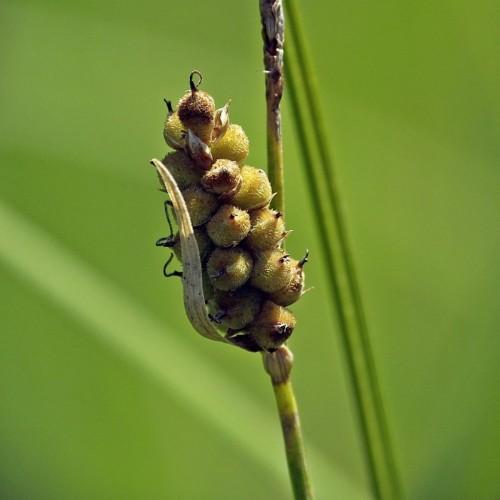
Arctic Marsh Sedge
Carex holostoma
Watering:
Average
Hardiness Zone:
Flowers:
Flowers
Sun:
Partial Shade, Deciduous Shade (Spring Sun)
Soil:
Clay, Sand, Loam
Leaf:
Yes
Growth Rate:
Low
Care Level:
Medium
watering
Pubescent Sedge prefers moist soil and should be watered regularly. In general, water should be applied about once per week, or whenever the top inch of soil is dry. During warmer months, Pubescent Sedge will benefit from additional water applications. Too much water can cause root rot so while keeping soil moist is important, make sure it is not overly saturated. If growing in containers, it's best to water from the bottom so the soil has time to absorb the water slowly. When watering, water deeply and then allow the soil to drain properly before placing the plant back in its original spot.
sunlight
Pubescent Sedge (Carex hirtifolia) thrives in full sun to partial shade and needs at least 4 hours of direct sunlight a day. When placed in a spot with full sun, it can tolerate up to 6 hours of sunlight per day, but it is best to give it some protection in the afternoon sun during the hottest months. For partial shade, it should get 2 to 4 hours of direct sun and 4 to 6 hours of light.
pruning
Pubescent Sedge is a medium-sized perennial grass that is generally low-maintenance and can be grown in a variety of soils and conditions. Pruning is an important part of proper care for this plant and should be done annually. Generally, pruning of Pubescent Sedge should take place in late winter or early spring, before the new growth begins. Pruning should involve removing any dead or damaged foliage or stems and trimming back the grass to a maximum of a quarter of its height. If desired, some thinning may be done to keep the grass from becoming too dense, but this should be done sparingly to avoid damaging the roots. By pruning Pubescent Sedge annually, it will remain healthy and full of lush foliage year after year, making it a beautiful addition to any garden.
